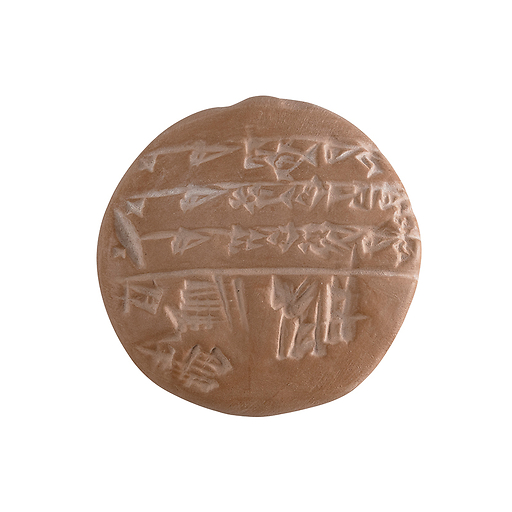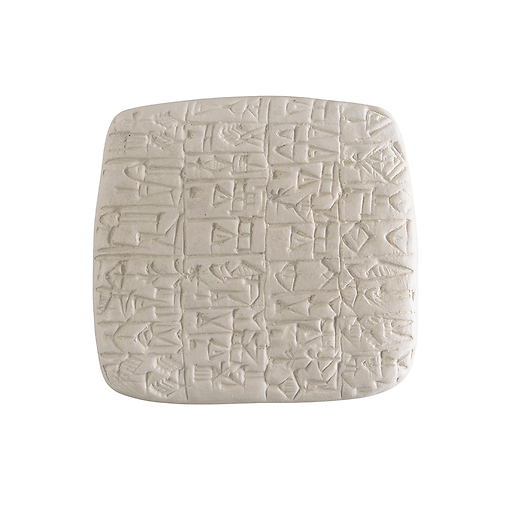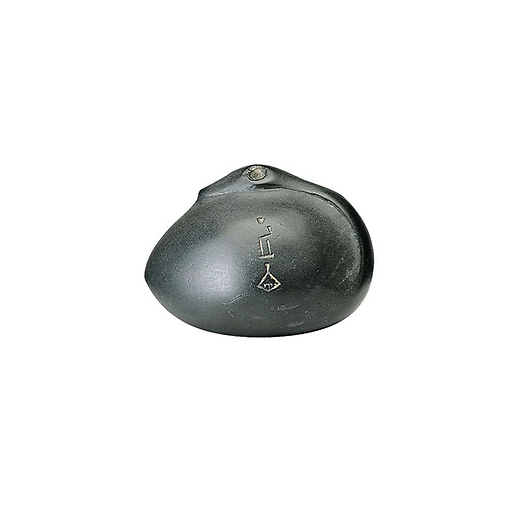Proto-Elamite, which emerged in Iran around 3100 BC, is one of the oldest known writing systems anywhere. Although partly derived from proto-cuneiform, invented in Mesopotamia around 3400, proto-Elamite developed in a very original way before disappearing around 2900, without immediately being replaced...
Read more
Proto-Elamite, which emerged in Iran around 3100 BC, is one of the oldest known writing systems anywhere. Although partly derived from proto-cuneiform, invented in Mesopotamia around 3400, proto-Elamite developed in a very original way before disappearing around 2900, without immediately being replaced by any other writing system. Most of the inscribed clay tablets with proto-Elamite were discovered at the site of Susa in the late 19th and early 20th centuries. Jacob L. Dahl, professor of Assyriology at the University of Oxford, is continuing efforts to decipher proto-Elamite begun in the early 20th century, presenting here a study for researchers, students and informal learners that examines 121 unpublished tablets and fragments conserved at the Musée du Louvre, home to the world's largest collection of proto-Elamite texts. The edition of these tablets is preceded by a detailed introduction that traces the history of the discovery and publication, and presents the main characteristics of this writing system, as well as the difficulties of decipherment. It is supplemented by an index of proto-Elamite signs used in these texts. This volume marks the revival of the Textes cunéiformes du Louvre series launched in 1910 by François Thureau-Dangin, the last volume of which was published in 1967.
Bilingual English / French
240 pages
Khéops / Louvre éditions Publishing
Close






